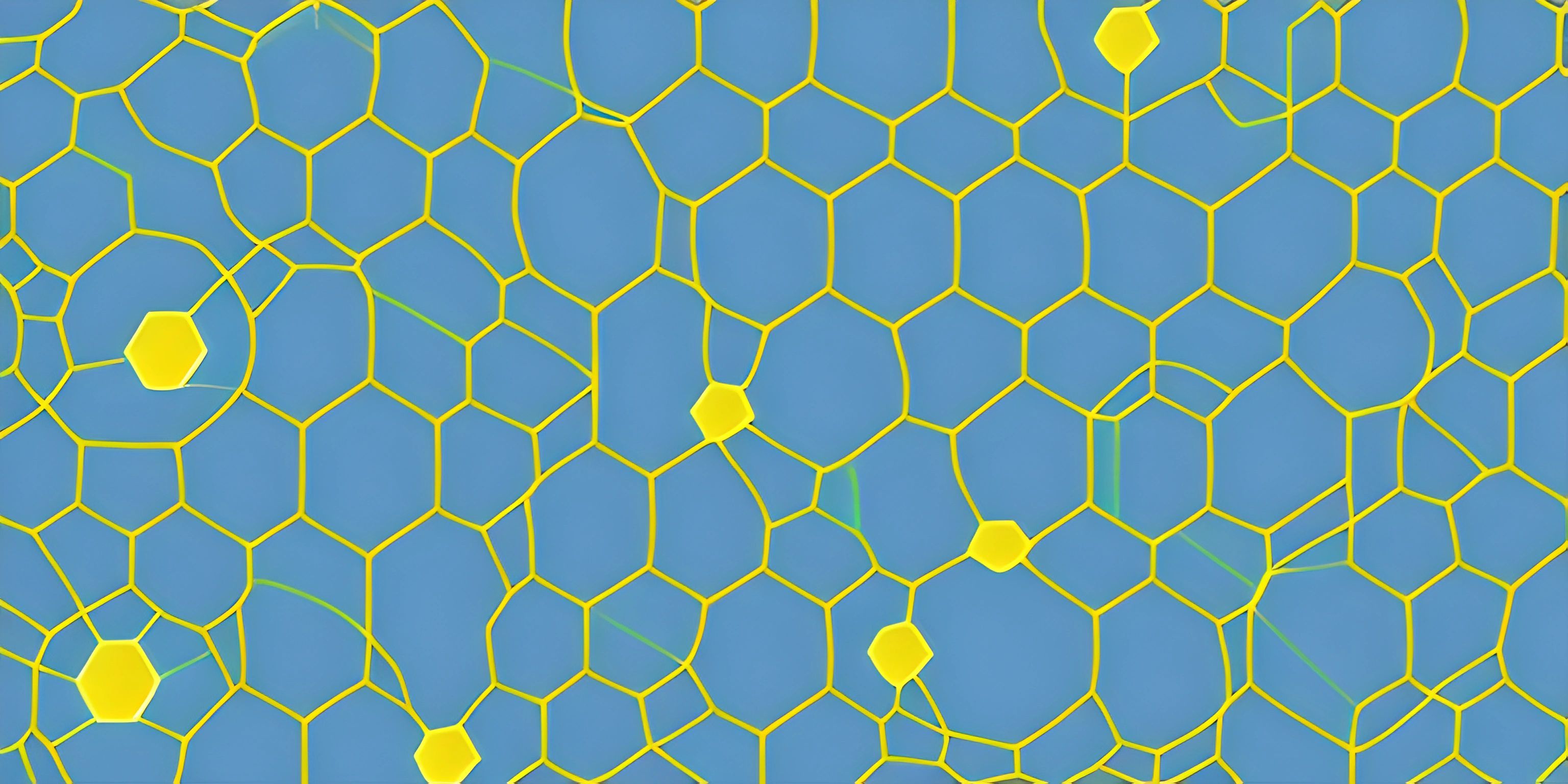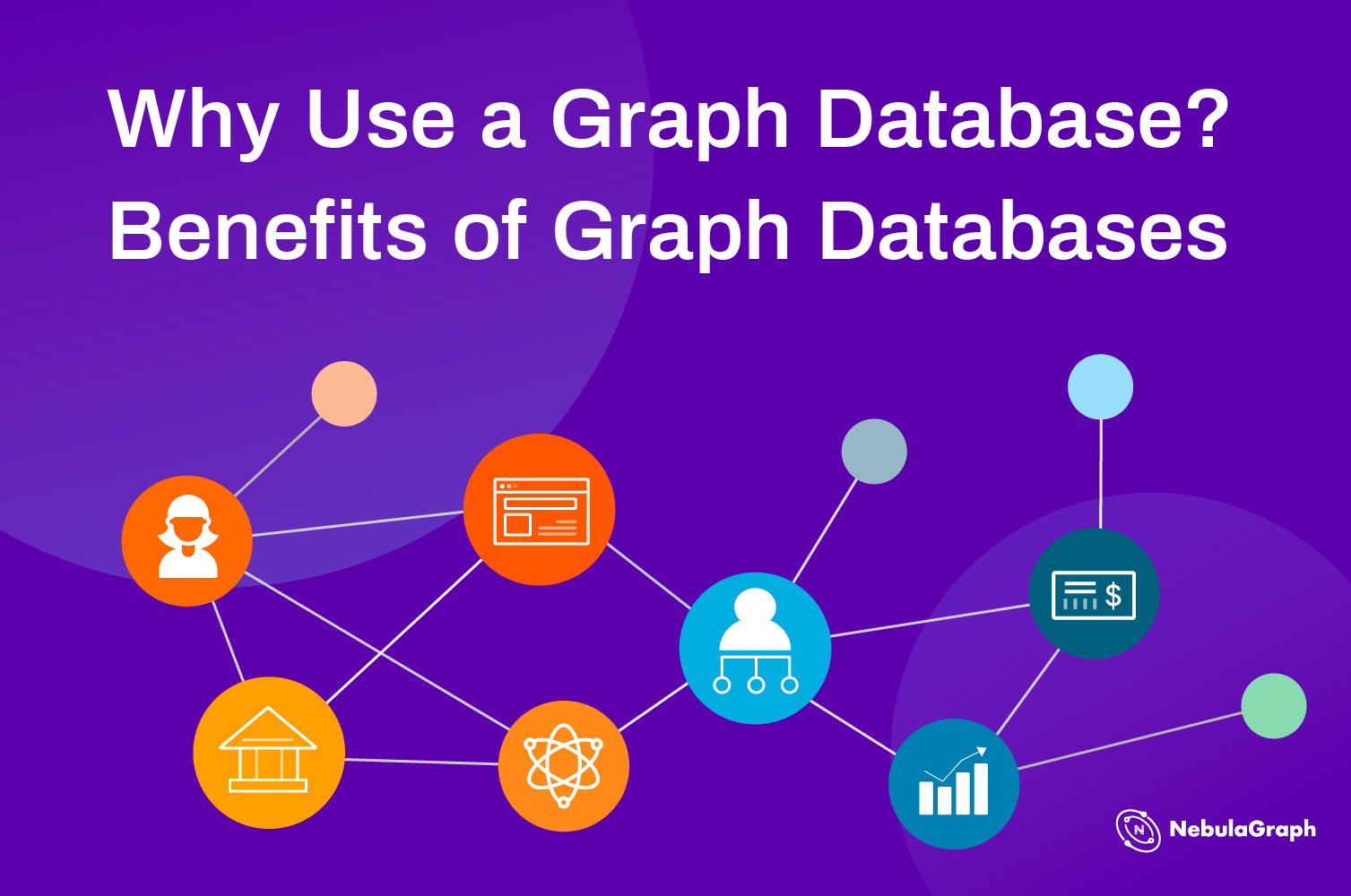In today's fast-paced world, the entertainment industry is undergoing a digital transformation that demands cutting-edge solutions for managing complex relationships between data. Graph databases have emerged as a powerful tool to address these challenges, enabling entertainment companies to harness the power of interconnected data like never before.
As the demand for personalized content grows, the ability to efficiently analyze and manage relationships within vast datasets becomes crucial. Graph databases entertainment applications offer a unique solution, providing a flexible and scalable way to store and query data in the form of nodes and edges.
With their ability to model complex relationships, graph databases are becoming increasingly popular in the entertainment sector, helping businesses unlock hidden insights and enhance their decision-making processes. In this article, we will explore the various ways graph databases are transforming the entertainment industry, as well as their potential for future growth.
Read also:Exploring The World Of Ukdevilz A Comprehensive Guide
Table of Contents
- What Are Graph Databases?
- Benefits of Graph Databases in Entertainment
- Use Cases for Graph Databases in Entertainment
- Graph Databases and the Entertainment Industry
- Challenges in Implementing Graph Databases
- Future Trends in Graph Databases Entertainment
- Comparison with Traditional Databases
- Tools and Technologies for Graph Databases
- Real-World Examples of Graph Databases in Entertainment
- Conclusion
What Are Graph Databases?
Graph databases are a type of NoSQL database designed to store and query data in the form of nodes and edges, representing entities and their relationships. Unlike traditional relational databases, which use tables and rows, graph databases focus on the connections between data points, making them ideal for handling complex and interconnected datasets.
Graph databases entertainment applications leverage the power of nodes and edges to model relationships between various entities, such as movies, actors, directors, and viewers. This enables businesses to gain deeper insights into their data and make more informed decisions.
Some popular graph database systems include Neo4j, Amazon Neptune, and ArangoDB. These platforms provide robust tools for querying and analyzing graph data, making them an attractive choice for companies in the entertainment industry seeking to enhance their data management capabilities.
Benefits of Graph Databases in Entertainment
Improved Data Relationships
One of the primary advantages of graph databases is their ability to model complex relationships between entities. In the entertainment industry, this means businesses can better understand connections between movies, actors, directors, and other key players, leading to improved decision-making and more effective strategies.
Scalability and Flexibility
Graph databases are highly scalable, allowing entertainment companies to grow their data storage and analysis capabilities as needed. Additionally, their flexible schema design enables businesses to adapt to changing requirements and incorporate new data sources without compromising performance.
Enhanced Query Performance
With their focus on relationships, graph databases offer superior query performance compared to traditional relational databases, especially when dealing with large and complex datasets. This makes them an ideal choice for entertainment companies looking to optimize their data analysis processes.
Read also:Rose Dorothy Scarlett Johansson The Rising Star Taking The World By Storm
Use Cases for Graph Databases in Entertainment
Graph databases have numerous applications in the entertainment industry, including:
- Recommendation systems: By analyzing relationships between users, content, and other factors, graph databases can power personalized recommendation engines, enhancing user engagement and satisfaction.
- Content metadata management: Graph databases can help entertainment companies manage and analyze metadata related to movies, TV shows, and other content, enabling them to better understand trends and preferences.
- Collaboration networks: Graph databases can be used to model collaboration networks between actors, directors, and other industry professionals, providing valuable insights into creative partnerships and trends.
Graph Databases and the Entertainment Industry
The entertainment industry is characterized by its reliance on interconnected data, making it an ideal candidate for graph database adoption. By leveraging the power of graph databases, entertainment companies can:
- Improve content discovery by analyzing user preferences and behavior.
- Optimize marketing strategies by identifying key influencers and target audiences.
- Enhance production processes by better understanding collaboration networks and resource allocation.
As the demand for personalized content continues to grow, graph databases will play an increasingly important role in helping entertainment companies meet the needs of their audiences.
Challenges in Implementing Graph Databases
Learning Curve
Graph databases require a different mindset compared to traditional relational databases, which can present a learning curve for developers and data analysts. However, with the right training and resources, teams can quickly adapt to this new paradigm.
Migration and Integration
Migrating existing data to a graph database and integrating it with existing systems can be a challenging process. Careful planning and execution are essential to ensure a smooth transition and minimize disruption to business operations.
Cost Considerations
Implementing a graph database solution can involve significant upfront costs, including software licenses, hardware, and personnel. However, the long-term benefits of improved data management and analysis capabilities often outweigh these initial expenses.
Future Trends in Graph Databases Entertainment
As graph databases continue to evolve, we can expect to see several key trends emerge in the entertainment industry:
- Increased adoption of graph databases as companies recognize their value in managing complex relationships and interconnected data.
- Advancements in graph analytics and machine learning, enabling more sophisticated insights and predictions based on graph data.
- Growing integration of graph databases with other emerging technologies, such as blockchain and IoT, further expanding their potential applications in the entertainment sector.
Comparison with Traditional Databases
While traditional relational databases remain a popular choice for many businesses, graph databases offer several key advantages for entertainment companies:
- Superior performance when querying complex relationships and interconnected data.
- Greater flexibility in schema design, allowing businesses to adapt to changing requirements more easily.
- Enhanced scalability, enabling companies to grow their data storage and analysis capabilities as needed.
However, it's important to note that graph databases may not be the best choice for every use case, and businesses should carefully evaluate their needs before making a decision.
Tools and Technologies for Graph Databases
Several popular graph database systems are available to entertainment companies, including:
- Neo4j: A leading graph database platform known for its robust query capabilities and extensive ecosystem of tools and resources.
- Amazon Neptune: A fully managed graph database service offered by AWS, providing seamless integration with other AWS services.
- ArangoDB: A multi-model database that supports graphs, documents, and key-value stores, offering flexibility for diverse use cases.
These platforms provide businesses with the tools they need to successfully implement and manage graph databases in their entertainment operations.
Real-World Examples of Graph Databases in Entertainment
Several companies in the entertainment industry have already adopted graph databases to enhance their data management and analysis capabilities. For example:
- Netflix uses graph databases to power its recommendation engine, analyzing user preferences and behavior to suggest personalized content.
- Disney has implemented graph databases to optimize its content metadata management, enabling better understanding of audience trends and preferences.
- Warner Bros. utilizes graph databases to model collaboration networks between actors, directors, and other industry professionals, providing valuable insights into creative partnerships and trends.
Conclusion
Graph databases are transforming the entertainment industry by enabling businesses to better manage and analyze complex relationships within their data. With their ability to model interconnected datasets, graph databases offer numerous benefits, including improved query performance, enhanced scalability, and greater flexibility in schema design.
As the entertainment industry continues to evolve, graph databases will play an increasingly important role in helping companies meet the demands of their audiences. By adopting graph database solutions, entertainment businesses can unlock hidden insights, enhance their decision-making processes, and drive growth in an increasingly competitive market.
We encourage readers to explore the potential of graph databases for their own entertainment operations and share their experiences in the comments below. For more information on graph databases and their applications in the entertainment industry, be sure to check out our other articles and resources.


